Robotics is a high-tech formed by integrating multiple disciplines such as computer, cybernetics, mechanism, information and sensor technology, artificial intelligence, and bionics. It is a field in which contemporary research is very active and increasingly widely used. The application of robots is an important indicator of the level of industrial automation in a country.
Robots do not replace manual labor in a simple sense, but are an anthropomorphic electronic mechanical device that combines human and machine expertise. It not only has the ability of humans to quickly respond and analyze and judge environmental conditions, but also have machines that can last for a long time. The ability to work continuously, with high precision, and withstand harsh environments. In a sense, it is also a product of the evolutionary process of machines. It is an important production and service equipment in industry and non-industry, and it is also indispensable in the field of advanced manufacturing technology. Automation equipment.

According to the usual method, robots can be divided into three generations according to the development process: the first generation of robots is a kind of "remote control manipulator"; the second generation of robots is a kind of It automatically repeats a certain operation; the third-generation robot is an intelligent robot, which uses various sensors, measuring devices, etc. to obtain information about the environment, and then uses intelligent technology to identify, understand, reason, and finally make planning decisions , An advanced robot that can act autonomously to achieve predetermined goals.
This kind of rough overview cannot explain the arduous course of the development of robotics at all. If we want to explain the course in detail, we must start with the development of robots in various countries, because from a holistic perspective, the development of robots in various countries is interconnected but still interrelated. They are different from each other. Different historical and social backgrounds have caused different people to have different views on robotics, leading to different policies and results, which in turn affect people's thinking and the development of social history.
The birthplace of robots is in the United States. In 1962, the United States developed the world's first industrial robot. After more than 30 years of development, the United States has now become one of the world's robot powers, with a solid foundation and advanced technology. Looking at its development history, the road is tortuous and uneven.
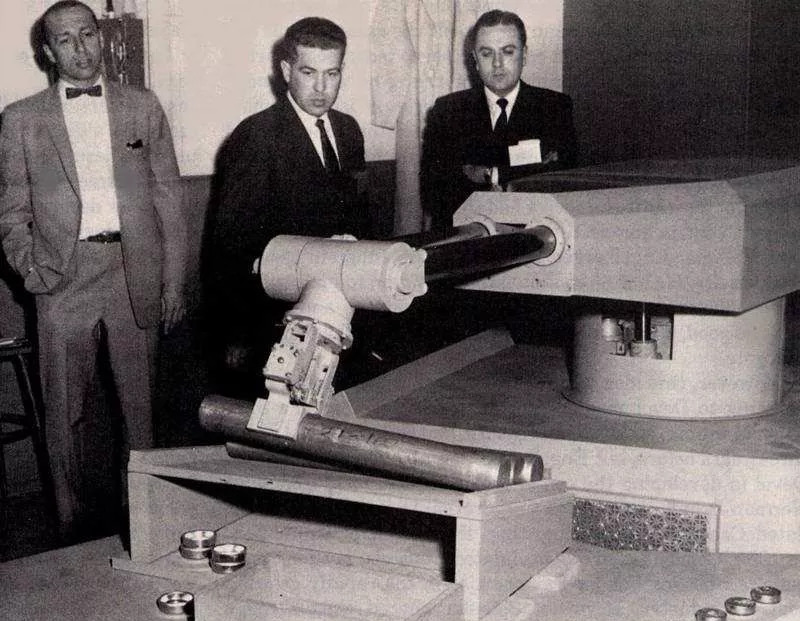
Since the U.S. government did not include industrial robots as a key development project during the more than ten years from the 1960s to the mid-1970s, it only carried out some research work in a few universities and a few companies. For companies, when they only see immediate benefits and the government has no financial support, they would rather miss the opportunity and stick to the use of rigid automation devices than take the risk to apply or manufacture robots. In addition, the unemployment rate in the United States was as high as 6.65% at the time. The government was worried that the development of robots would cause more unemployment, so it did not invest or organize the development of robots. This cannot but be said to be a strategic decision error of the US government. In the late 1970s, although the U.S. government and business circles paid much attention, they still focused on the research of robotic software and the development of advanced robots in special fields such as military, space, ocean, and nuclear engineering. Robots came from behind, and soon surpassed the United States in the application of industrial production and robot manufacturing, and the products formed a strong competitiveness in the international market.
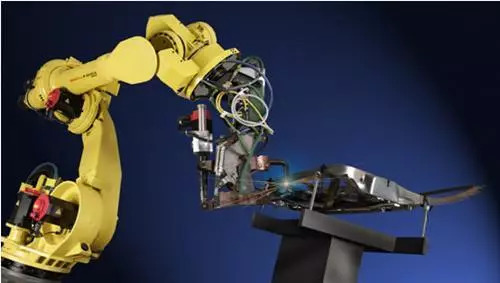
Only after entering the 1980s did the United States feel the urgency of the situation. The government and the business community really paid attention to robots, and the policies were also reflected. On the one hand, the industry encouraged the development and application of robots. Research funding, taking robots as a feature of the re-industrialization of the United States, has enabled the rapid development of robots in the United States.
In the mid-to-late 1980s, as the technology of robots used by major manufacturers became more and more mature, the technical performance of the first-generation robots became less and less able to meet actual needs. The United States began to produce second-generation robots with vision and force, and soon Occupies 60% of the robot market in the United States.
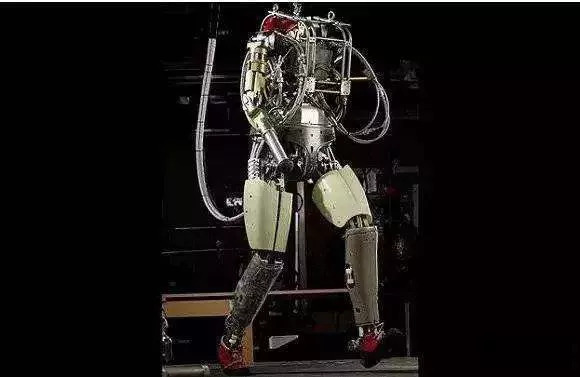
Although the United States has taken a tortuous path in the history of robot development that emphasizes theoretical research and ignores application development research, the United States has always been a leader in robotics in the world. Its technology is comprehensive, advanced, and adaptable.
Britain, which has always been on par with the United States, has developed very differently. Although in 1967 the British Hall Automation company developed its own robot RAMP. However, in the early 1970s, the British Government Scientific Research Council issued the Lighthall report denying artificial intelligence and robotics, and imposed severe measures to restrict the development of industrial robots. As a result, the robotics industry fell into a slump and was almost at the bottom of Western Europe.
However, the booming development of robots in the world soon made the British government realize that the backwardness of robot technology has led to a significant decline in the competitiveness of its products in the international market. Therefore, from the end of the 1970s, the British government turned to a supportive attitude, and implemented and implemented a series of policies and measures to support the development of robots, such as widespread publicity of the importance of using robots, financial subsidies to companies purchasing robots, and active Promoting the combination of robotics research units and enterprises, etc., enabled the British robots to begin a prosperous period of widespread application and vigorous research and development in the production field.
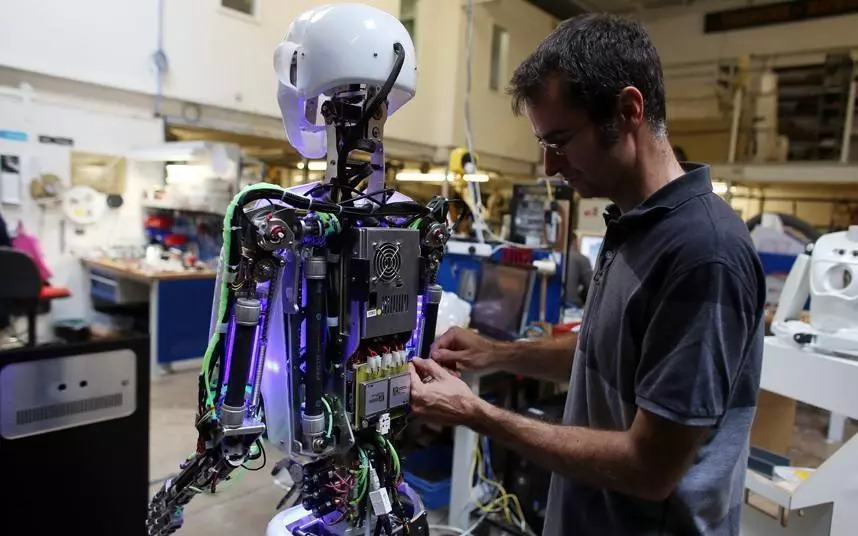
This shows that the development of new technology is not shifted by human will. Whoever adapts to it and strives to develop it will be able to obtain development, and whoever blindly shuts down and rejects it and restricts it will fall behind because it cannot keep up with the development of the times.
Compared with the lessons of the United Kingdom, France has achieved great development due to its early acceptance of artificial intelligence technology and its efforts to develop it. France is not only in the forefront of the world in terms of robot ownership, but also in the world's advanced level in terms of the level and scope of robot applications. This is mainly due to the fact that the French government has paid more attention to robotics from the very beginning, especially focusing on the application of robotics. The development of French robots has been relatively smooth, mainly due to the establishment of a complete scientific and technological system through research programs strongly supported by the government. That is to say, the government organizes some research projects in the basic technology of robots, and the industry supports the application and development of the work. The two complement each other, so that robots will quickly develop and popularize in the French business community.
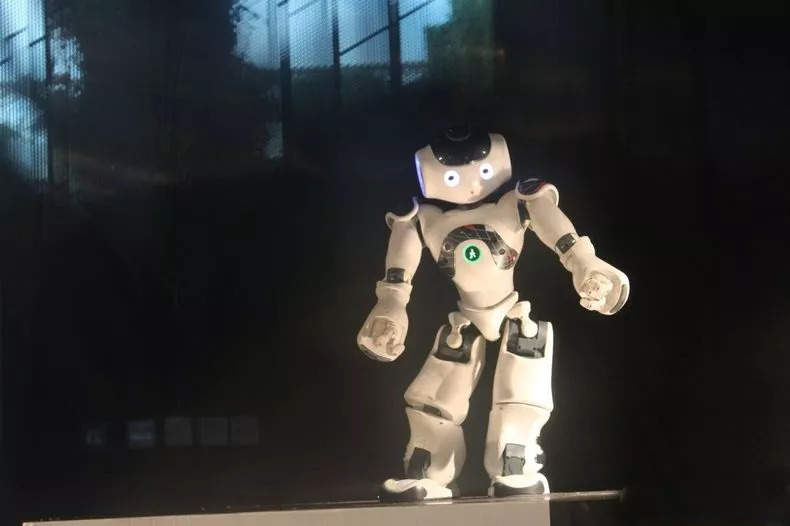
France's neighbouring Germany, its total number of industrial robots ranks third in the world, after Japan and the United States. However, it was about five or six years later than the introduction of robots in the UK and Sweden. The reason for this is that the German robot industry encountered the domestic economic recession when the robot industry stepped together. However, the German social environment is conducive to the development of the robotics industry. Because of the war, the shortage of labor and the high level of national technology are all favorable conditions for realizing the use of robots.
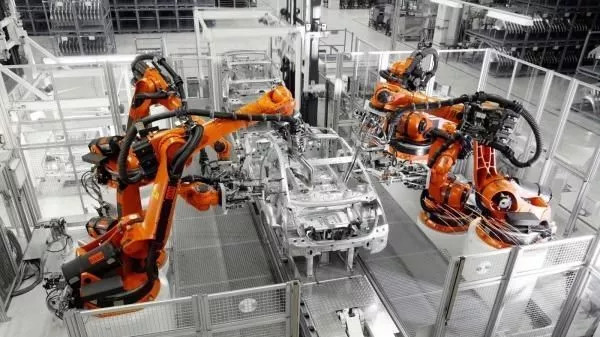
In the mid-to-late 1970s, the government adopted administrative measures to pave the way for the promotion of robots; the "Improving Working Conditions Plan" stipulated that for some dangerous, toxic, and harmful jobs, robots must be used to replace ordinary people's labor. This plan has opened up a wide range of markets for the application of robots and promoted the development of industrial robot technology.
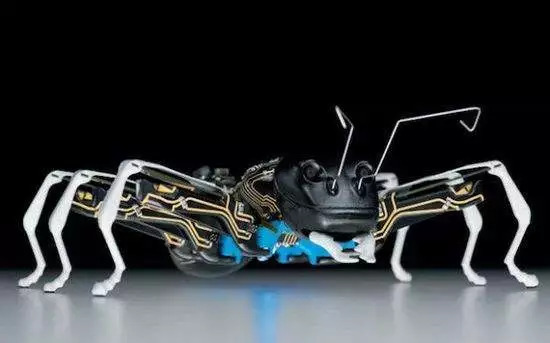
The Germanic nation is a pragmatic nation, and they always adhere to the principle of combining technology applications with social needs. In addition to the main application of robots in the automotive industry, like most countries, the highlight is that Germany used modern production technology in the textile industry to transform existing enterprises, scrapped old machines, and purchased modern automatic equipment, electronic computers and robots. , So that the cost of the textile industry is reduced, the quality is improved, and the variety of products is more marketable. In 1984, the industry that was hailed as the "finished business" was finally revitalized. At the same time, Germany saw the role of robots and other advanced automation technologies in industrial production, and proposed the goal of shifting to advanced, intelligent robots with sensation after 1985. After nearly ten years of hard work, its intelligent robot research and application are in a recognized leading position in the world.
The former Soviet Union (mainly in Russia), which is opposed to the West, is also very advanced in robotics. The theory and practice of robotics in the former Soviet Union began in the second half of the 1950s. In the late 1950s, research work on robot prototypes began. In 1968, a deep-water operation robot was successfully trial-produced. Developed a universal robot for factories in 1971.

As early as the beginning of the Ninth Five-Year Plan of the former Soviet Union (1970-1975), the development of robots was included in the national science and technology development program. By 1975, 120 robots of 30 models had been developed. After 20 years of hard work, the number and quality of robots in the former Soviet Union were in the forefront of the world. The country deliberately takes the improvement of scientific and technological progress as a means to promote social production and development, to arrange the research and manufacture of robots; the research, production, application, promotion and improvement of robots are all arranged by the government and carried out in a planned and step-by-step manner. .
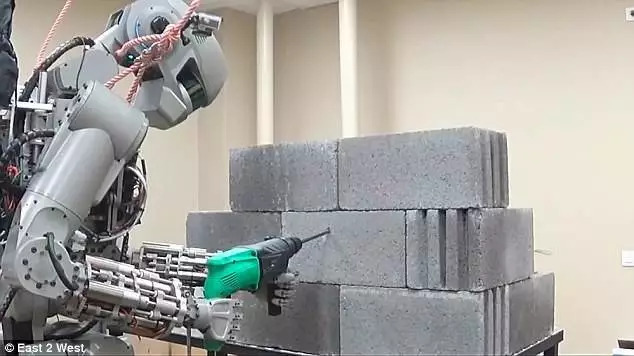
Although the technology of the former Soviet Union was advanced, it implemented a planned economy. A common problem of the planned economy is that it is detached from the market, so that its technology application does not have the same leap as other Western capitalist countries. On the other hand, it is our neighbor, Japan, that has achieved great success.
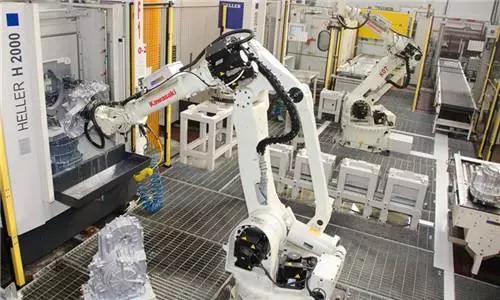
Japan was in a period of high economic development in the late 1960s, with an annual growth rate of 11%. After the Second World War, Japan's labor force was already tense, and the rapid economic development has exacerbated the serious shortage of labor force. For this reason, in 1967, Kawasaki Heavy Industries Co., Ltd. introduced robots and technology from Unimation in the United States to establish a production workshop. In 1968, the first Kawasaki "Unimant" robot was trial-produced.
It was precisely because of the significant shortage of labor in Japan at that time that robots were welcomed as a "saviour" in enterprises. On the one hand, the Japanese government has adopted an active economic support policy to encourage the development and promotion of the application of robots, thereby further stimulating entrepreneurs to engage in the robot industry. In particular, the government’s series of economic preferential policies for small and medium-sized enterprises, such as government banks providing preferential low-interest funds to encourage fund-raising to establish a "robot long-term leasing company," Only a low monthly rent is required, which greatly reduces the financial burden required for companies to purchase robots; the government uses computer-controlled teaching and reproducing robots as special discount products, and companies enjoy the usual 40% discount for new equipment In addition, you can also enjoy a 13% price subsidy. On the other hand, the state has invested in small businesses to provide specialized knowledge and technical guidance on the application of robots, and so on. This series of supporting policies has enabled the rapid development of the Japanese robot industry. After a short period of more than ten years, by the mid-1980s, it has become the "robot kingdom", and its robot output and installed numbers have leapt internationally. first place.
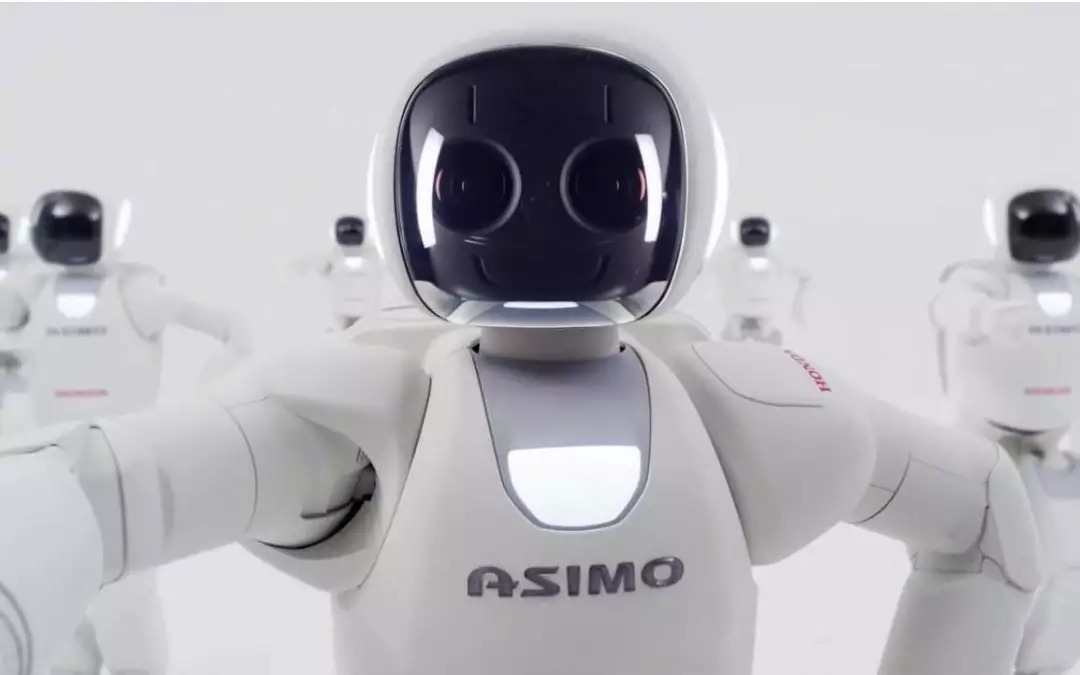
According to Wanji Yonemoto, executive director of the Japan Industrial Robot Industry Association: "The development of Japanese robots has gone through the cradle period in the 1960s, the practical period in the 1970s, and the popularization and improvement period in the 1980s." And officially set 1980. As the "first year of the popularization of industrial robots", robots have been widely promoted in various fields.
The Japanese government and companies fully trust robots and boldly use robots. Robots have not lived up to people’s expectations. They have played an increasingly prominent role in solving labor shortages, increasing productivity, improving product quality, and reducing production costs. They have become an indispensable part of Japan to maintain economic growth and product competitiveness. Team.
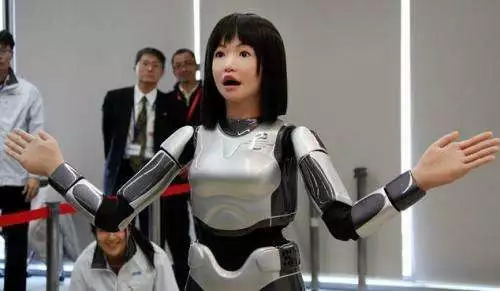
Japan uses a large number of robots in the automotive and electronic industries, which has led to a sharp increase in the output of Japanese automobiles and electronic products, with increasing quality and greatly reducing manufacturing costs. This enables Japanese-made cars to enter the American market known as the "automobile kingdom" with an absolute advantage of low prices, and to export practical robots made in Japan to the country where the robots were born. At this time, Japan's cheap and high-quality household appliances also flooded the American market... This made "Uncle Sam" regret it. Japan's manufacturing and use of robots have increased its national strength and obtained huge benefits, forcing many countries such as the United States, Britain, and France to take measures to catch up. Japan was known as the factory of the world in the 1980s and 1990s, and robotics technology is indispensable.
With the reform and opening up, our country has also entered an era of rapid economic development, but we must be clear that the reason why our products are competitive is because of our cheap labor, but cheap labor cannot solve everything. The improvement of people's living standards is bound to be It is an inevitable trend to bring about an increase in wages. If we blindly "exploit" workers instead of developing new technologies and technologies to improve labor capacity, our labor resources will be exhausted and the economy will stagnate in the near future. , It is also possible that the economy is going backwards like Japan is today. Therefore, our country must focus on the development of robotics in the future.
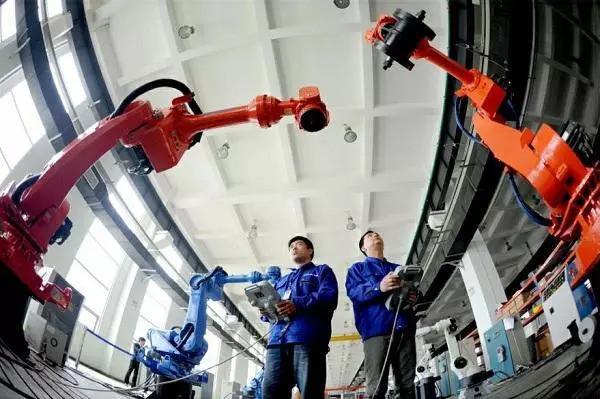
The development of robotics at home and abroad in recent years has the following trends:
1. The performance of industrial robots continues to improve (high speed, high precision, high reliability, easy operation and maintenance), and the price of a single machine continues to drop.
2. The mechanical structure is developing towards modularization and reconfiguration. For example, the servo motor, reducer, and detection system in the joint module are integrated; the joint module and the connecting rod module are used to construct the whole robot by reorganization.
3. The industrial robot control system is developing towards the PC-based open controller, which is convenient for standardization and networking; the integration of components is improved, the control cabinet is becoming smaller and more exquisite, and the modular structure is adopted; the reliability and ease of operation of the system are greatly improved And maintainability.
4. The role of sensors in robots is becoming increasingly important. In addition to traditional position, speed, acceleration and Other Sensors, assembly and welding robots also use vision and force sensors, while remote control robots use vision, sound, force, and touch. Multi-sensor fusion technology is used for environmental modeling and decision-making control; multi-sensor fusion configuration technology has mature applications in product systems.
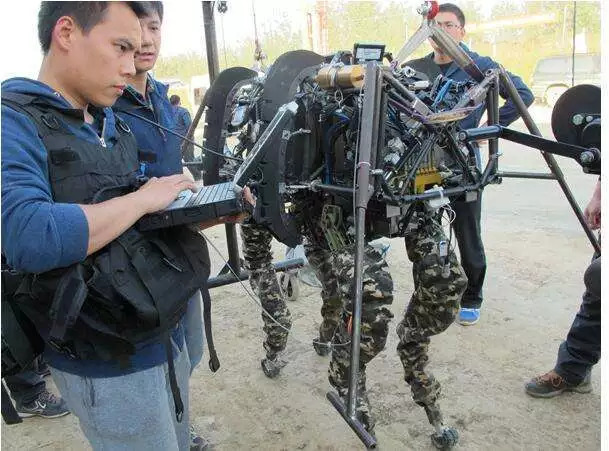
5. The role of virtual reality technology in robots has evolved from simulation and rehearsal to process control, such as enabling remote-controlled robot operators to feel like they are in a remote working environment to manipulate the robot.
6. The development characteristic of contemporary remote control robot system is not to pursue a fully autonomous system, but to focus on the human-machine interactive control between the operator and the robot, that is, remote control and local autonomous systems constitute a complete monitoring and remote control operating system, enabling intelligent robots to walk out of the laboratory and enter practical applications stage. The "Sojner" robot launched by the United States to Mars is the most famous example of the successful application of this system.
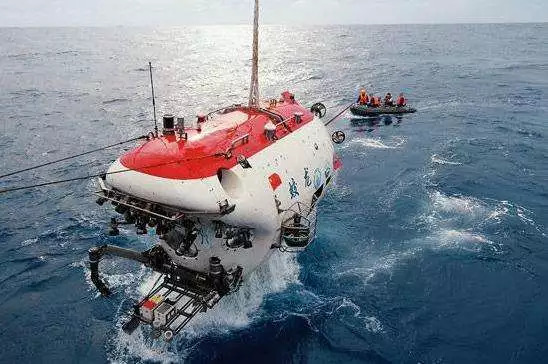
With the support of the "863" program, my country's intelligent robots and special robots have also achieved many results. Among them, the most prominent is the underwater robot. The 6000-meter underwater cableless robot has achieved the world's leading level. It has also developed direct remote control robots, dual-arm coordinated control robots, wall-climbing robots, pipeline robots and other models; in robot vision, A lot of work has been carried out on the development and application of basic technologies such as force, touch, and sound, and there is a certain basis for development. However, the development and application of multi-sensor information fusion control technology, remote control plus local autonomous system remote control robots, intelligent assembly robots, robotic machinery, etc. has just started, and there is a large gap with the advanced level of foreign countries. It needs to be based on the original achievements. Only by focusing on systematic research, can the system form a complete set of practical technologies and products.
It has a wide range of applications, including power production and power dispatching center, nuclear industry facility operation center, energy production center, traffic operation monitoring center, aerospace mission monitoring center, public safety mission monitoring center, financial trading center, monitoring center, radio and television monitoring center, factory central control room and many other application scenarios. These types of control rooms, Both monitoring center and control center belong to mission critical control environment, which affects the orderly operation of economy and society.Operation method, installation and maintenance of jbkz tank liquid level alarm device. The device is applicable to the monitoring and alarm of high liquid level and overfill cargo tank.
Oil Tanker Cargo Oil Console,Petrochemical Ship Cargo Oil Console,Oil Tank Monitoring Console,Tank Gauge Console Monitor
Taizhou Jiabo Instrument Technology Co., Ltd. , https://www.taizhoujiabo.com
